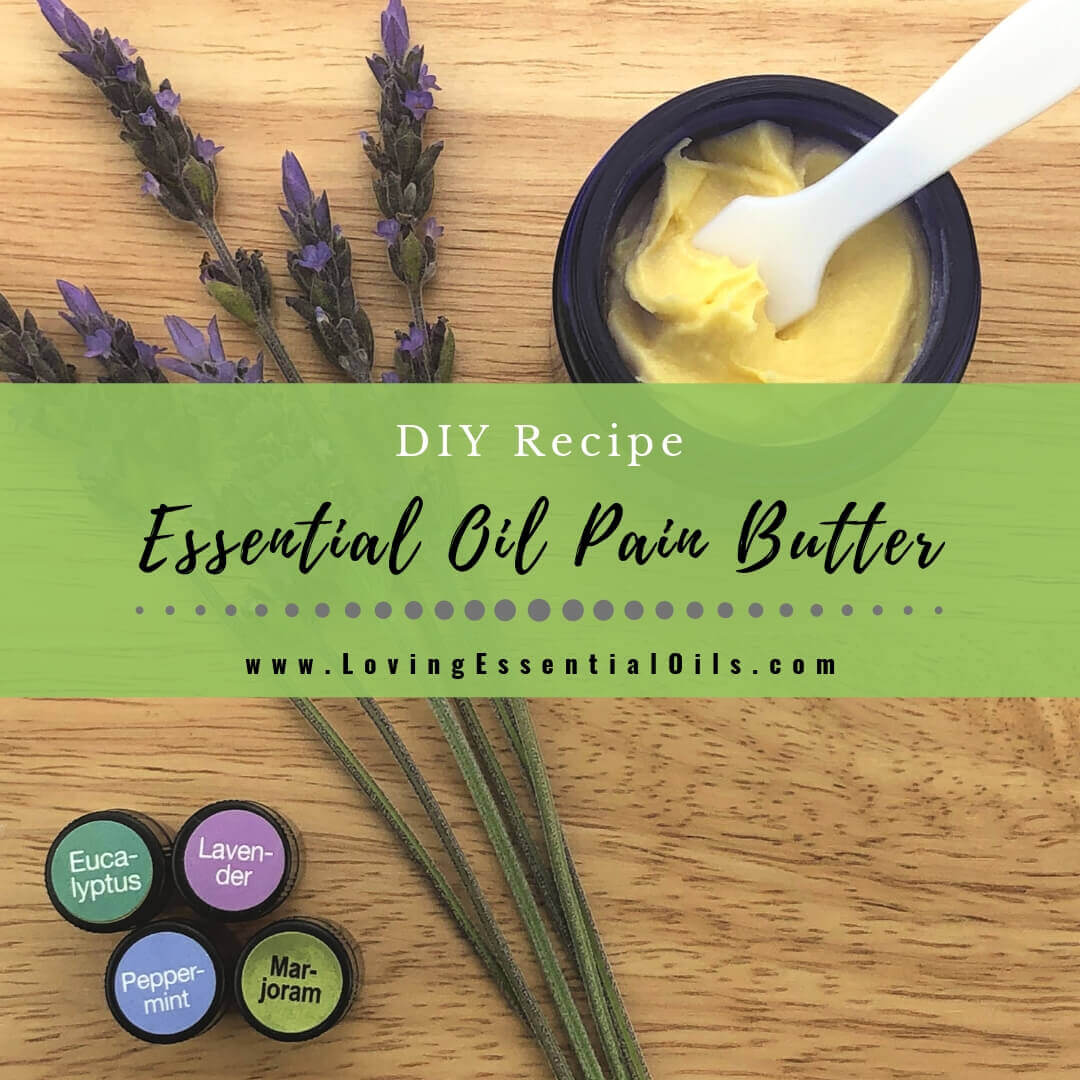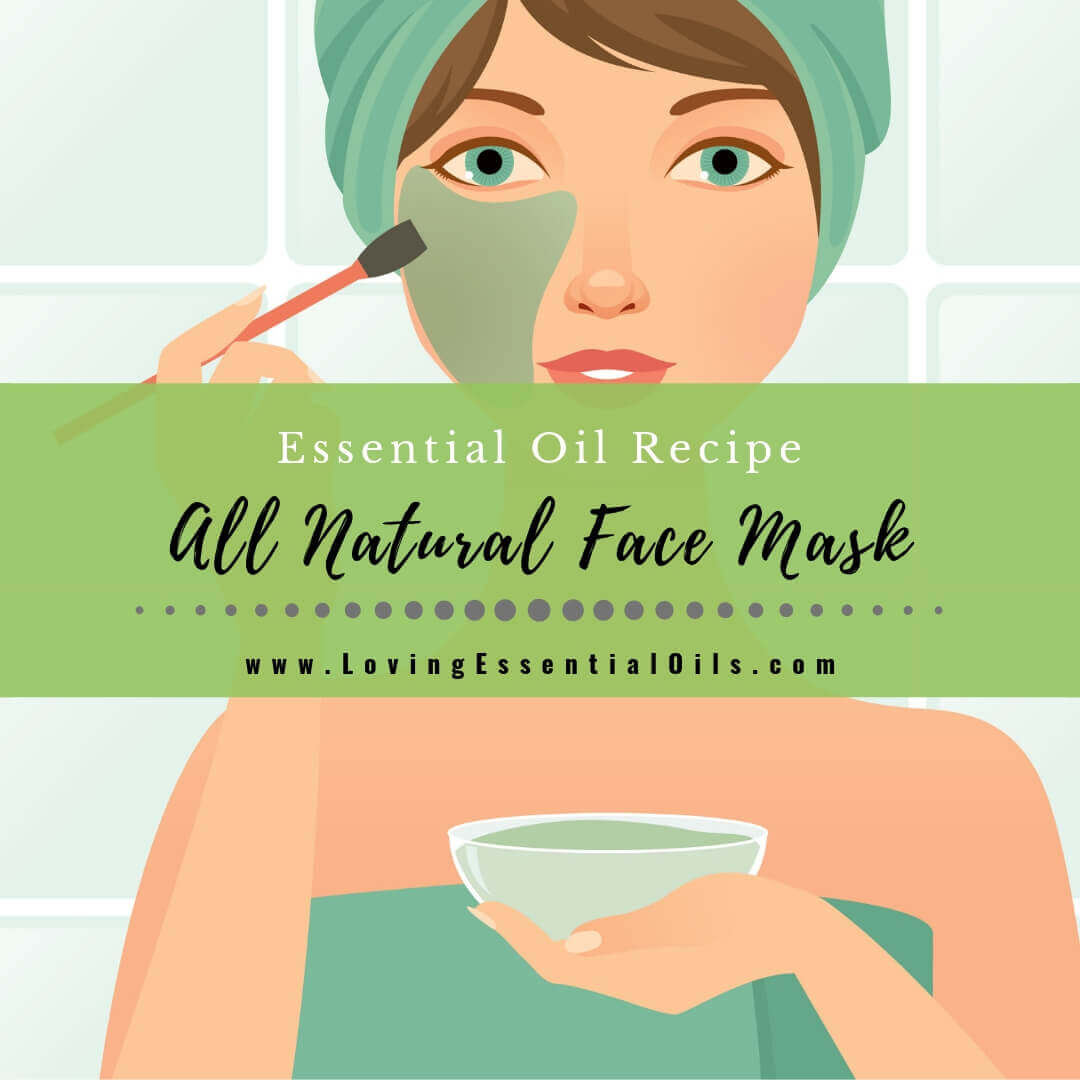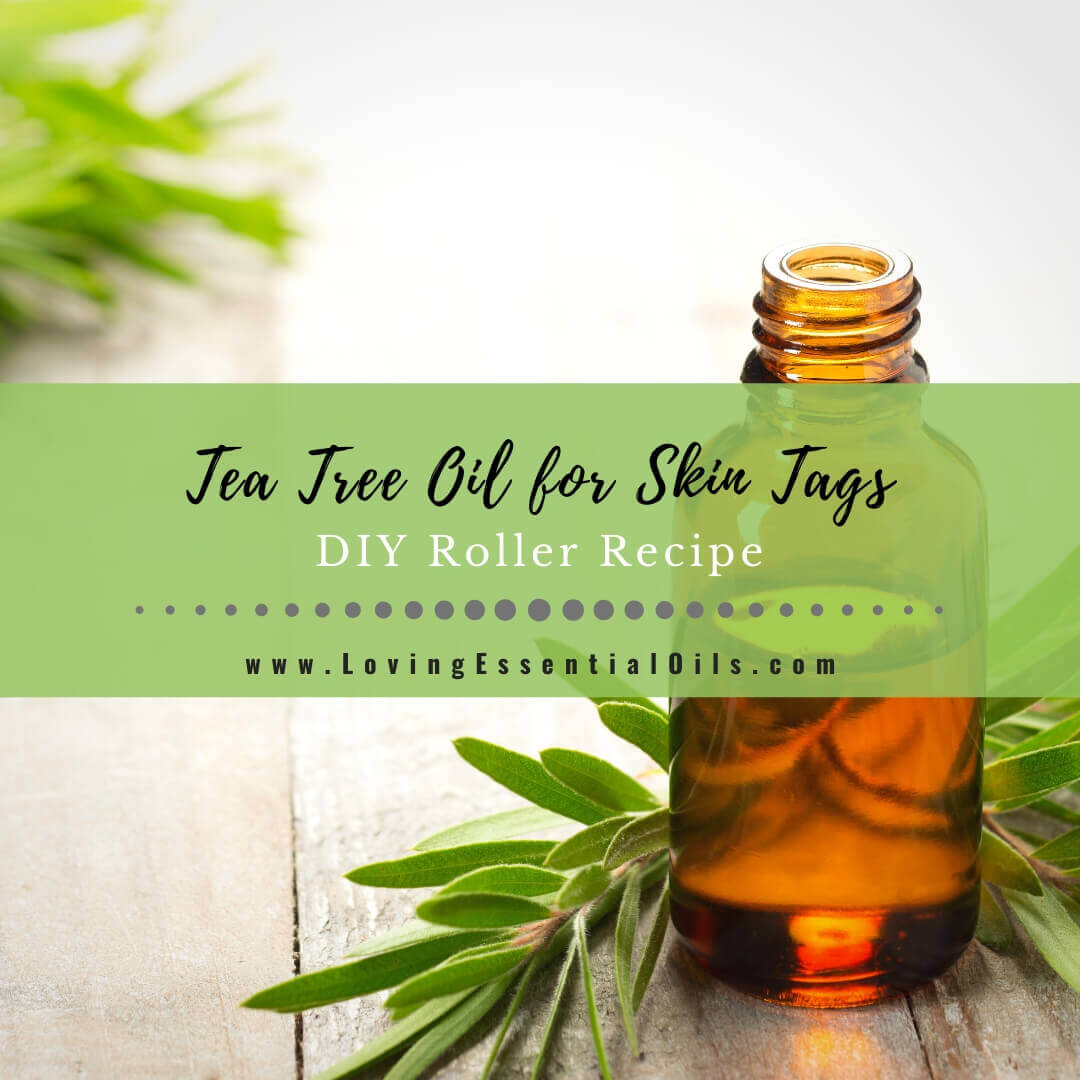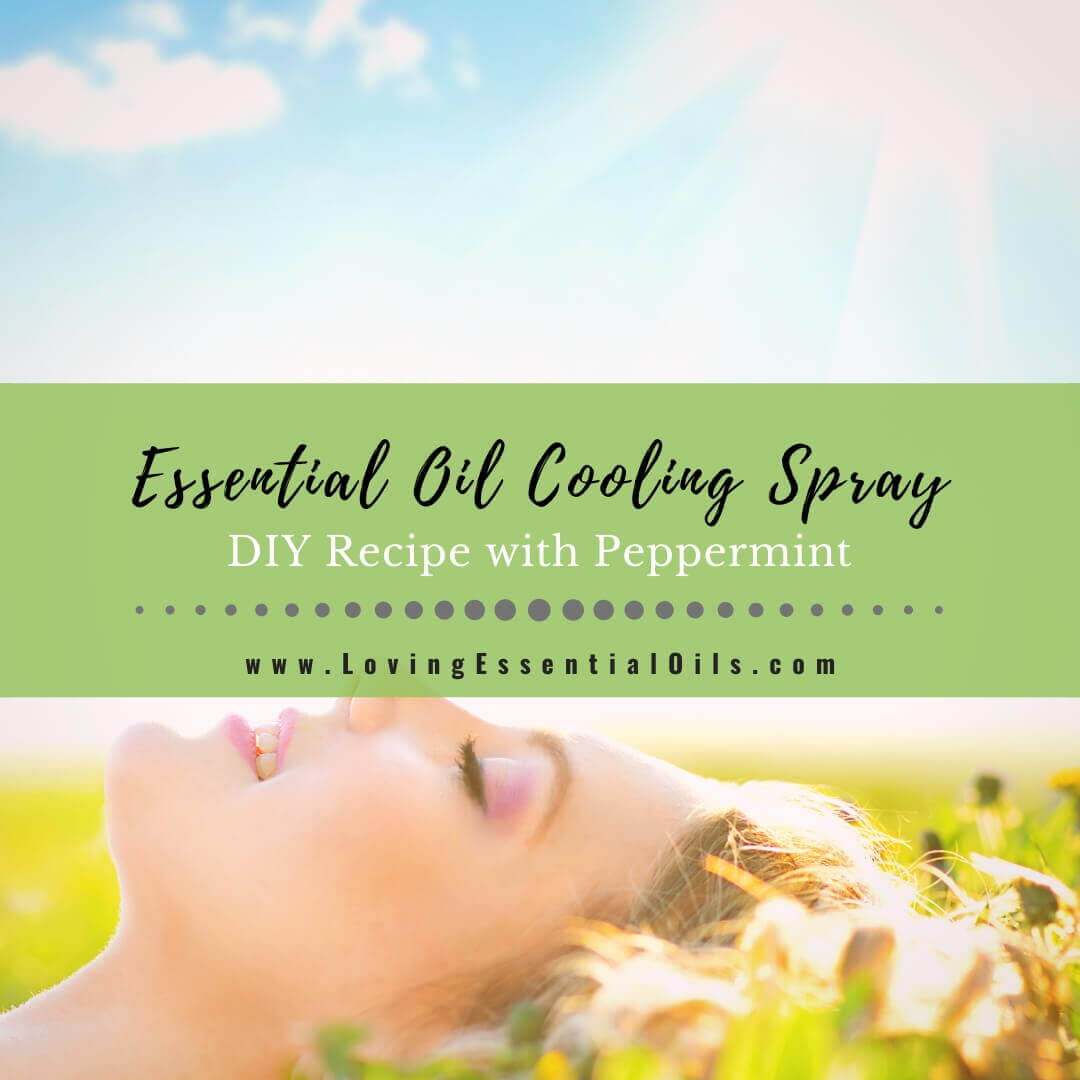Here is a wonderful pain butter recipe that can be used on a variety of aches and discomforts. Plus this essential oil blend for pain is very nourishing to skin.
I kept this recipe simple using a no-heat method and instead utilize a hand mixer to blend this recipe together. The completed butter is creamy and melts very easily into skin.
Can I use Essential Oils for Pain?
Many essential oils have analgesic properties, which can help relieve pain. Some analgesic oils include lavender, peppermint, sweet marjoram, and eucalyptus.
Essential Oil Blend for Pain
This essential oil blend is made with essential oils that can soothe discomforts and decrease inflammation, here are the ingredients in this pain butter recipe:
Sweet Marjoram Essential Oil
- Calming and comforting, perfect for relieving stress and tension
- Warming for both the senses and on the physical body
- Sweet Marjoram has good anti-inflammatory action
- Contains terpinen-4-ol, which is a smooth muscle relaxant
- Read More: Sweet Marjoram Uses and Benefits
Peppermint Essential Oil
- The menthol in peppermint is a well known topical analgesic
- Peppermint's cooling effect contracts and tightens the tissues
- Increases alertness and may increase task motivation
- Read More: Peppermint Diffuser Blends
Lavender Essential Oil
- Encourages balance in all body systems
- Has excellent analgesic and anti-inflammatory properties
- The antispasmodic actions of Lavender help to relax smooth muscle
- I used Lavandula angustifolia in my pain blend, but you can used Spike Lavender in this recipe if you prefer
Eucalyptus Essential Oil
- Eucalyptus oil has been used to assist with sinus relief, which makes it effective for relieving headaches associated with sinus congestion
- Soothing and cooling vapor when used applied topically
- Has analgesic and peripheral antinociceptive activities
- You can use which ever type of eucalyptus you prefer, I used E. Globulus in my recipe
- Read More: Eucalyptus Essential Oil
Trauma Oil
- This powerful oil is an infusion of three herbs into olive oil
- Deep rich color of this oil give this recipe the "butter" color
- Promotes healing of muscles, ligaments, and tendon
- Relieves pain and swelling
- Read More: Trauma Oil
Mango Butter
- The base butter utilized in this recipe
- Greater levels of antioxidants & vitamins than other butters
- Moisturizes deeply without being greasy
- Will leave your skin silky smooth
- Read More: Mango Butter
Mango butter and trauma oil function as base oils in this recipe, also called carrier oils. Carrier oils are used to dilute essential oils before application. If you do not have trauma oil available, you can use a different carrier oil. Jojoba oil it's a great alternative for the recipe.

DIY Pain Butter Recipe
This easy-to-make recipe combines the healing powers of essential oils to create an analgesic balm that can help relieve pain and inflammation. No heat is required for this recipe, just mixing the ingredients.
Ingredients
- 3 tablespoons Mango Butter
- 1 tablespoon Trauma Oil (or Jojoba Oil)
- 10 drops Sweet Marjoram
- 6 drops Peppermint
- 4 drops Lavender
- 4 drops Eucalyptus
- 2 oz Glass Jar
Step by Step Tutorial
Step 1: Place mango butter and trauma oil into a bowl

Step 2: Use a fork and mash ingredients together

Step 3: Whip butter together with a hand mixer for about 5 minutes (take a breaks if needed)

Step 4: Add essential oils to butter

Step 5: Blend in essential oils with spatula or mixer

Step 6: Transfer to glass jar for storage

To use: Apply to area of discomfort, rub in well.
Common Essential Oil Blends for Pain Relief
There are several essential oil blends that are commonly used for pain relief. One popular blend is a mixture of peppermint, rosemary, and lavender oils.
Peppermint, Lavender and Rosemary
- Peppermint oil is known for its cooling and anti-inflammatory properties.
- Lavender oil is also anti-inflammatory and can help to reduce stress and tension, which can contribute to pain.
- Rosemary oil is a natural analgesic and anti-spasmodic.
Ginger, Frankincense and Black Pepper
Another effective blend is a combination of ginger, black pepper, and frankincense oils.
- Ginger oil is a natural pain reliever and anti-inflammatory
- Frankincense oil is also anti-inflammatory and can help to soothe sore muscles and joints.
- Black pepper oil can help to increase circulation and reduce muscle tension.
These blends can be used in a variety of ways, including diffusing them into the air or mixing them with a carrier oil for topical application.
List of Pain Types that People Experience
Essential oils can be a natural and effective way to relieve pain, but pain can come from a variety of sources. Here are some types of pain that one may suffer from:
- Headaches
- Back pain
- Neck pain
- Joint pain
- Muscle aches and pains
- Toothache
- Menstrual cramps
- Cramping
- Arthritis pain
- Nerve pain
- Migraines
- Fibromyalgia pain
- Sciatica pain
- Post-surgical pain
- Cancer pain
- Phantom limb pain
- Sprains and Tears
How to Apply Essential Oils for Pain Relief
There are several methods for applying essential oils, including topical application and inhalation.
When using essential oils topically, it is important to dilute them with a carrier oil, such as coconut or almond oil, to avoid skin irritation. The diluted oil can then be massaged onto the affected area, or applied to pressure points for a more targeted effect.
Inhalation can be achieved by using a diffuser, an aromatherapy inhaler, or inhaling directly from the bottle. You can even place a few drops on a tissue and inhale the aroma from the tissue throughout the day.
Ingestion of essential oils is not recommended. It is important to remember that essential oils are not a replacement for medical treatment, and it is always important to consult with a healthcare professional for persistent or severe pain.

Frequently Asked Questions About Essential Oil Pain Blend
Essential oil blends for pain are combinations of essential oils that are believed to have analgesic properties. Here are some common questions that users are asking about them.
Is the essential oil blend suitable for all types of pain?
It depends on the specific essential oil blend being used. Some essential oils have anti-inflammatory and pain-relieving properties that make them effective for a variety of pain types, while others may be more suitable for certain types of pain, such as headaches or muscle soreness.
The best way to learn what works for you and your body is to try essential oils for pain and see what helps you. Our blend has four powerful essential oils that help a variety of pain types.
Additionally, some essential oils may cause skin irritation or allergic reactions in some individuals, so it's important to perform a patch test before use.
It's important to research any natural remedies you pursue and consult with a healthcare professional if you have chronic pain, or pain that persists.This is not meant to replace medical treatment.
How often should you use essential oils for pain?
The frequency of using essential oils for pain relief depends on the individual and the type of oil used. It is always recommended to dilute the essential oils with a carrier oil before applying them to the skin.
Generally, essential oils can be used up to three times a day, but it is always best to start with a lower frequency and gradually increase the usage if necessary.
It is also essential to consult a healthcare professional before using essential oils for pain management, especially if you have a pre-existing health condition.
Where should I apply this pain essential oil blend?
You can apply this pain essential oil blend to any area of your body that is experiencing pain or discomfort. Some common areas to apply the blend include the temples, neck, shoulders, back, hips, knees, and feet.
Be sure to dilute the blend with a carrier oil before applying it to your skin, and always perform a patch test first to ensure that you don't have an allergic reaction. You can also use the blend in a diffuser or inhaler to help alleviate pain and promote relaxation.
150+ Easy and Effective Essential Oil Blends Ultimate Guide
These essential oil blends for pain are included in our oily guide:
Try one of these Roller Bottle Recipes:
- Love Potion Roll On Perfume
- Immunity Roll On for Kids
- Essential Oil Blends for Age Spots
- Essential Oil Blends for Bruising
- Sinus Headache Essential Oil Blend






